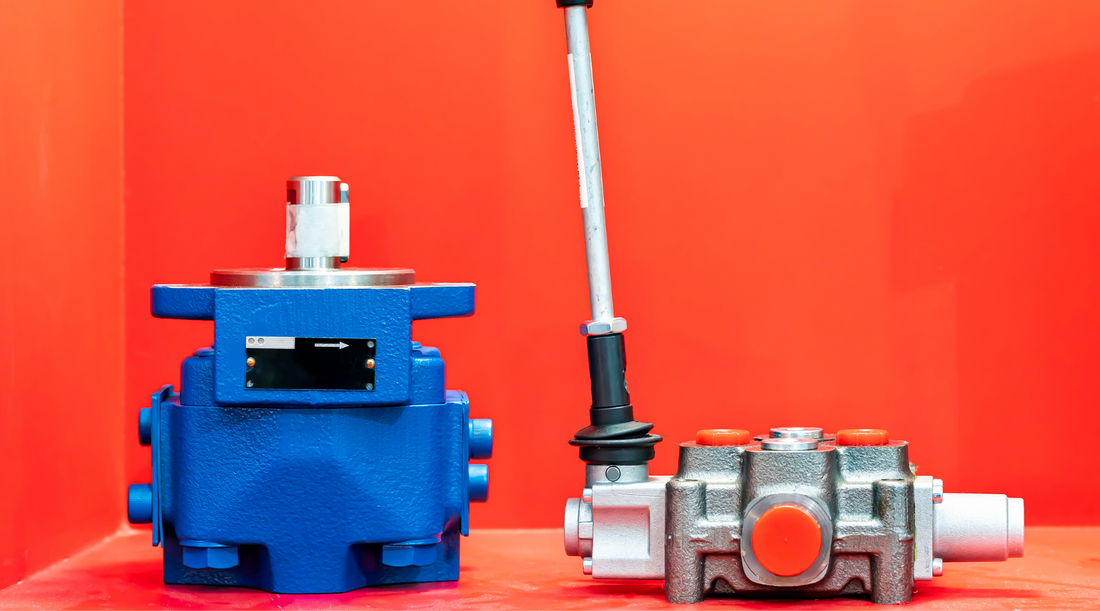The Function of Control Valves in Liquid Flow Monitoring Systems
The Function of Control Valves in Liquid Flow Monitoring Systems
Blog Article

Maximize Power Financial Savings and Convenience With Advanced Structure Automation Controls
In the world of contemporary architecture and center monitoring, the integration of advanced building automation regulates stands as a crucial development. By utilizing the power of automation, structures can adapt, respond, and evolve in ways that were once unthinkable.
Energy Efficiency Conveniences
Energy effectiveness advantages can significantly minimize power usage and operational expenses in buildings. Energy-efficient systems, such as advanced structure automation controls, can maximize the usage of sources like cooling, heating, and lighting, leading to lower power expenditures over time.
Moreover, enhanced energy efficiency can lengthen the lifespan of building equipment and systems. By operating more efficiently, heating and cooling systems, lighting fixture, and various other structure elements experience less damage, leading to reduced upkeep and replacement costs. In addition, energy-efficient buildings typically command higher building values and rental prices, offering long-term financial advantages to owners.
Moreover, power effectiveness can improve occupant convenience and productivity. Effectively controlled interior environments with optimum lights and thermal problems produce an even more enjoyable and helpful workspace, resulting in improved worker satisfaction and efficiency. On the whole, the power efficiency advantages connected with sophisticated structure automation controls are complex, encompassing expense savings, ecological stewardship, and owner wellness.
Improved Comfort Control
Enhancing comfort control in building atmospheres requires an innovative integration of advanced automation systems for optimal occupant health. By making use of advanced building automation controls, facilities can tailor the indoor environment to meet the certain demands and preferences of owners. These systems allow accurate guideline of illumination, temperature level, and air flow, creating a effective and comfy atmosphere. Passenger satisfaction and performance are carefully connected to thermal convenience, making it vital to have systems in location that can adjust to changing problems in real-time.
Improved comfort control exceeds standard temperature level adjustments. It includes features such as individualized settings, tenancy sensors, and all-natural light use to produce a dynamic and responsive setting. By integrating these innovative controls, buildings can not only boost comfort yet additionally boost power efficiency by optimizing system procedures based upon actual tenancy and use patterns. Eventually, prioritizing occupant convenience with advanced automation systems brings about a much more satisfying and much healthier interior setting.
Operational Efficiency Improvements

Moreover, the implementation of have a peek here real-time monitoring and analytics devices makes it possible for building operators to determine power ineffectiveness and operational abnormalities quickly. By continuously keeping an eye on energy use patterns and system performance metrics, changes can be made in real-time to optimize power intake and ensure peak operational efficiency. control valves. Additionally, incorporating need response techniques right into building automation controls can better boost functional performance by dynamically adjusting energy usage based upon grid problems and pricing signals
Indoor Environment Optimization
Effective interior environment optimization is a basic aspect of structure automation controls, making sure occupants' convenience and health while maximizing energy financial savings. By making use of sophisticated sensing units and controls, building automation systems can continually keep track of and readjust temperature level, moisture levels, air quality, and air flow to produce an optimum interior setting. Keeping consistent and comfy problems not only boosts resident fulfillment yet additionally boosts efficiency and total well-being.
Indoor environment optimization also plays an important role in power performance. By fine-tuning home heating, air flow, and air conditioning systems based upon real-time data and tenancy patterns, developing automation controls can substantially lower power consumption - control valves. Carrying out methods such as demand-controlled air flow and useful reference thermal zoning can aid decrease power waste while guaranteeing that each location of the structure obtains the required conditioning.

Sustainable Atmosphere Creation
Structure automation regulates not just enhance interior environment conditions for power performance and passenger convenience however additionally lay the structure for producing a lasting atmosphere through critical monitoring of systems and resources. By incorporating sophisticated building automation technologies, such as sensors, actuators, and intelligent software application, facilities can adjust and keep an eye on energy use in real-time to reduce waste and decrease their carbon impact. These systems make it possible for predictive upkeep, determining possible problems before they rise and maximizing devices performance to boost durability and effectiveness.
Furthermore, lasting environment creation prolongs beyond energy management to include water conservation, waste decrease, and indoor air quality enhancement. Building automation controls can manage water usage, discover leaks, and make certain correct waste disposal methods, adding to general sustainability efforts. Furthermore, by regulating and checking ventilation and purification systems, these technologies enhance passenger health and efficiency while lowering energy consumption related to cooling and heating procedures.
Verdict
In conclusion, progressed building automation manages offer considerable advantages in regards to power savings, comfort control, operational effectiveness, interior climate optimization, and developing a sustainable atmosphere. By implementing these controls, structures can achieve ideal efficiency while minimizing power intake and enhancing occupant comfort. It is noticeable that the use of innovative automation modern best site technology is critical in improving structure efficiency and creating an extra lasting future.
Power effectiveness advantages can significantly lower power intake and functional costs in structures. On the whole, the energy efficiency advantages associated with sophisticated structure automation controls are diverse, encompassing price savings, environmental stewardship, and resident wellness.
Furthermore, incorporating need reaction techniques into structure automation controls can even more enhance functional efficiency by dynamically adjusting energy usage based on grid conditions and prices signals.
Building automation controls not just enhance interior environment conditions for energy effectiveness and occupant convenience but likewise lay the structure for producing a sustainable environment via calculated monitoring of systems and sources.In final thought, advanced building automation manages offer considerable advantages in terms of energy cost savings, convenience control, operational performance, indoor climate optimization, and producing a lasting atmosphere.
Report this page